“Hands up, don’t shoot” belongs to the Black Lives Matter Movement
Students hold their hands up to indicate, “Don’t shoot”, during the March 14 walkout for gun control. The gesture originated after the 2014 shooting of Michael Brown and has become as a core symbol of the Black Lives Matter movement.
April 22, 2019
“Hands up, don’t shoot.” This slogan, along with the accompanying gesture of raising one’s hands above his or her head, became one of the core symbols of the Black Lives Matter Movement after unarmed 18-year-old Michael Brown was fatally shot by a police officer in Ferguson, MO, in August 2014. Brown reportedly was holding his hands above his head and mouthing the words “don’t shoot” as the fatal shot was fired; while this claim was later debunked, the image has stuck. Since, the mantra has been used in protests against police brutality around the country.
To black people like myself, this gesture symbolizes a decades-long struggle for our right to come out of interactions with law enforcement alive. It symbolizes the fear and panic we feel every time we so much as see a police officer in the street or get pulled over for speeding.
So when I saw march leaders and participants at the walkout for gun control March 14 widely using the “hands up don’t shoot” gesture, I was outraged. During the 17 minutes of silence to honor victims of gun violence, representatives from MoCo Students For Change (MC4C) prompted protesters to put their hands up; some students had the words “don’t shoot” written on their hands. Ignoring its deep meaning and history, MC4C took this gesture and generalized it to the gun control movement as a whole.
Applying the “hands up don’t shoot” symbol to the wider fight for gun control screams ignorance, and its use out of context is damaging to the Black Lives Matter Movement. Organizations and individuals protesting for broad gun control reforms should be conscious of this gesture’s significance and avoid its use.
The Black Lives Matter movement was created in 2013, after the fatal shooting of African American teenager Trayvon Martin. The movement picked up speed after George Zimmerman, the neighborhood watch coordinator who shot Martin, was acquitted. Zimmerman later sold the gun he used to kill Martin for $346,000. Since the tragic shooting, the Black Lives Matter movement has expanded to 27 chapters in 14 states, DC and Ontario. It’s been at the forefront of many protests against police brutality. In an official statement, the movement affirms they are “working for a world where Black lives are no longer systematically targeted for demise.”
The prevailing issue of police brutality is close to the heart of every black person living in America. We’ve watched juries acquit police officer after police officer for their crimes, watched the media vilify the victims and watched the public make excuses that all say the same thing: the color of our skin is grounds for murder. Our movement already has difficulty getting the same type of media attention gun control has recently received; the last thing we need is having one of our iconic gestures hijacked.
The gesture’s use out of context perpetuates misinformation about the intent and history connected to the Black Lives Matter movement. The movements for gun violence prevention and for preventing police brutality have some overlap, but they aren’t the same. MC4C and the students walking out weren’t protesting police brutality, but rather easy access to guns for those who shouldn’t be able to buy them—known abusers, those with severe mental illnesses and people with a criminal record. Black Lives Matter, on the other hand, has become synonymous with ending the unjustifiable murder of black people by the police. The movement was not founded to fight gun violence as a whole.
The gesture’s use to broadly protest gun violence also dilutes its meaning. When groups with differing movements and desired outcomes steal iconic gestures, they take attention away from the gesture’s intended use. Black Lives Matter already faces its own roadblocks. The movement has no national marches, gets astonishingly little press and lacks Congresspeople to speak at demonstrations to show their support; the apparently radical topic of police brutality is normally met by vague words or ignored by politicians entirely.
As a black teenager living in the U.S., I watch with distress every time another black teenager is shot and killed by the police, and instead of justice, the victim is insulted in their grave. I look at the carefully selected mug shots of the victims, and I cry as I realize they look exactly like my older brother—unkempt hair, baggy clothes and a serious face. I cry as I realize that these common characteristics have been used as motive for the murder of my people.
MC4C members said in an interview after the march that they viewed the gesture as more broadly related to gun violence protests, claiming they simply did what anybody would do if a gun was pointed at them. Appropriating a gesture that symbolizes the struggle of every black person living in our racist society showed the naivete of MC4C’s leadership and of many of the students marching. But beyond that, this mistake provided an important reminder that when protesting, it’s crucial we stay aware and respectful of other movements. Before “harmlessly” stealing a gesture, we need to realize that we’re also stealing a movement.




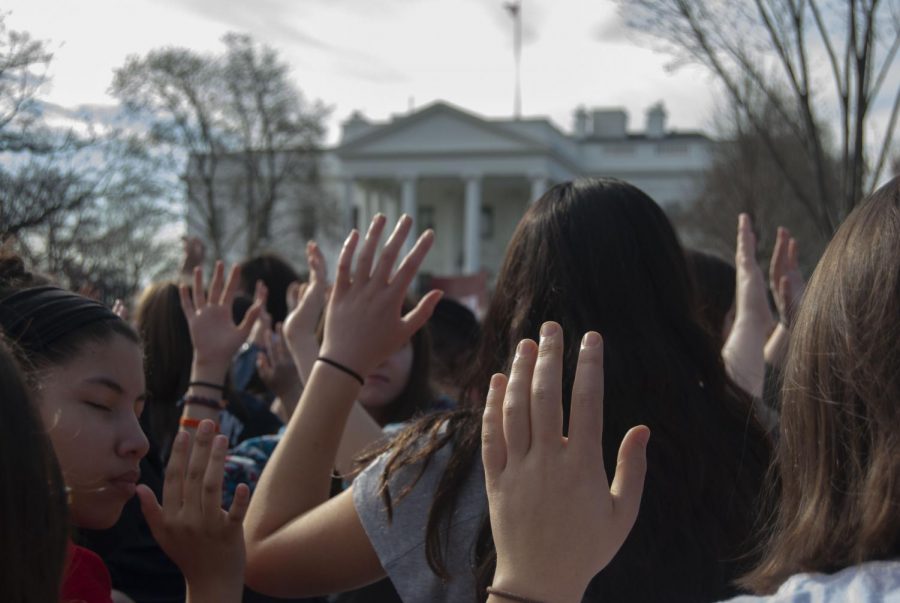
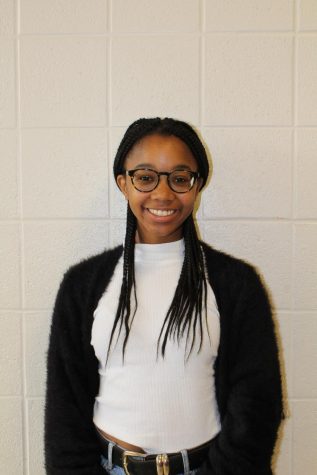

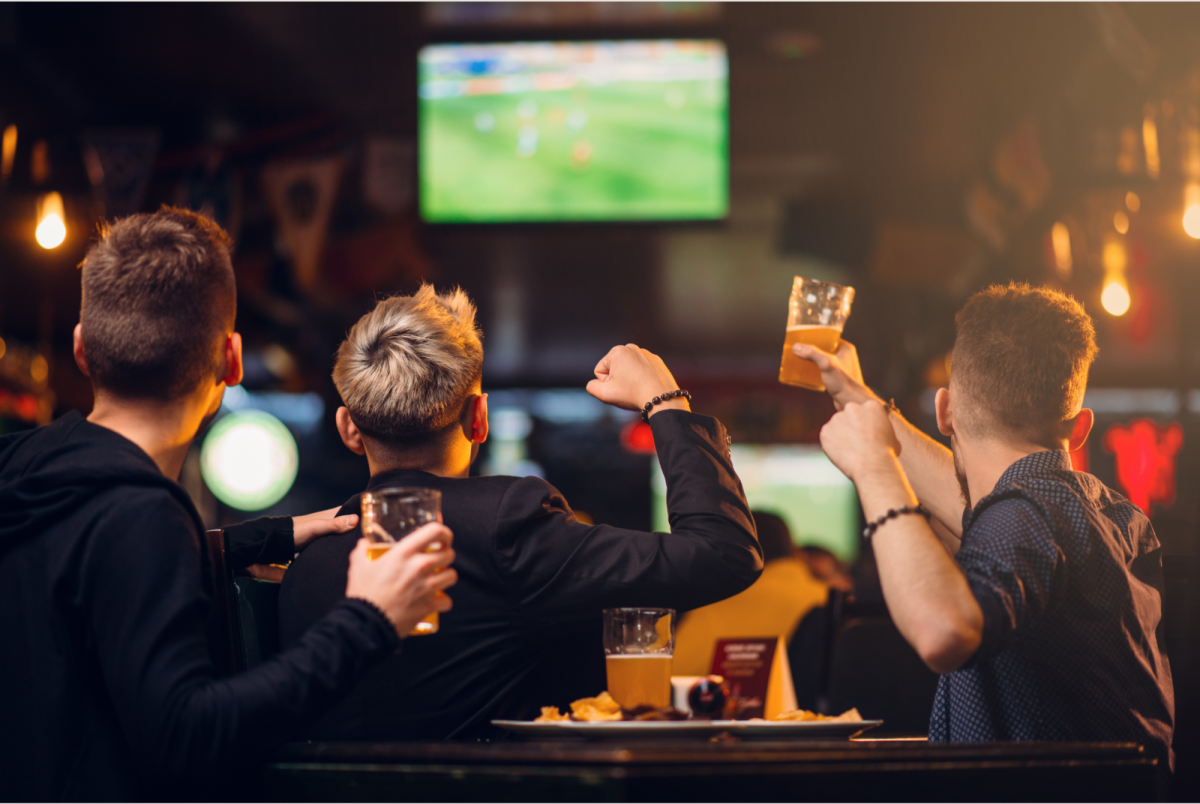
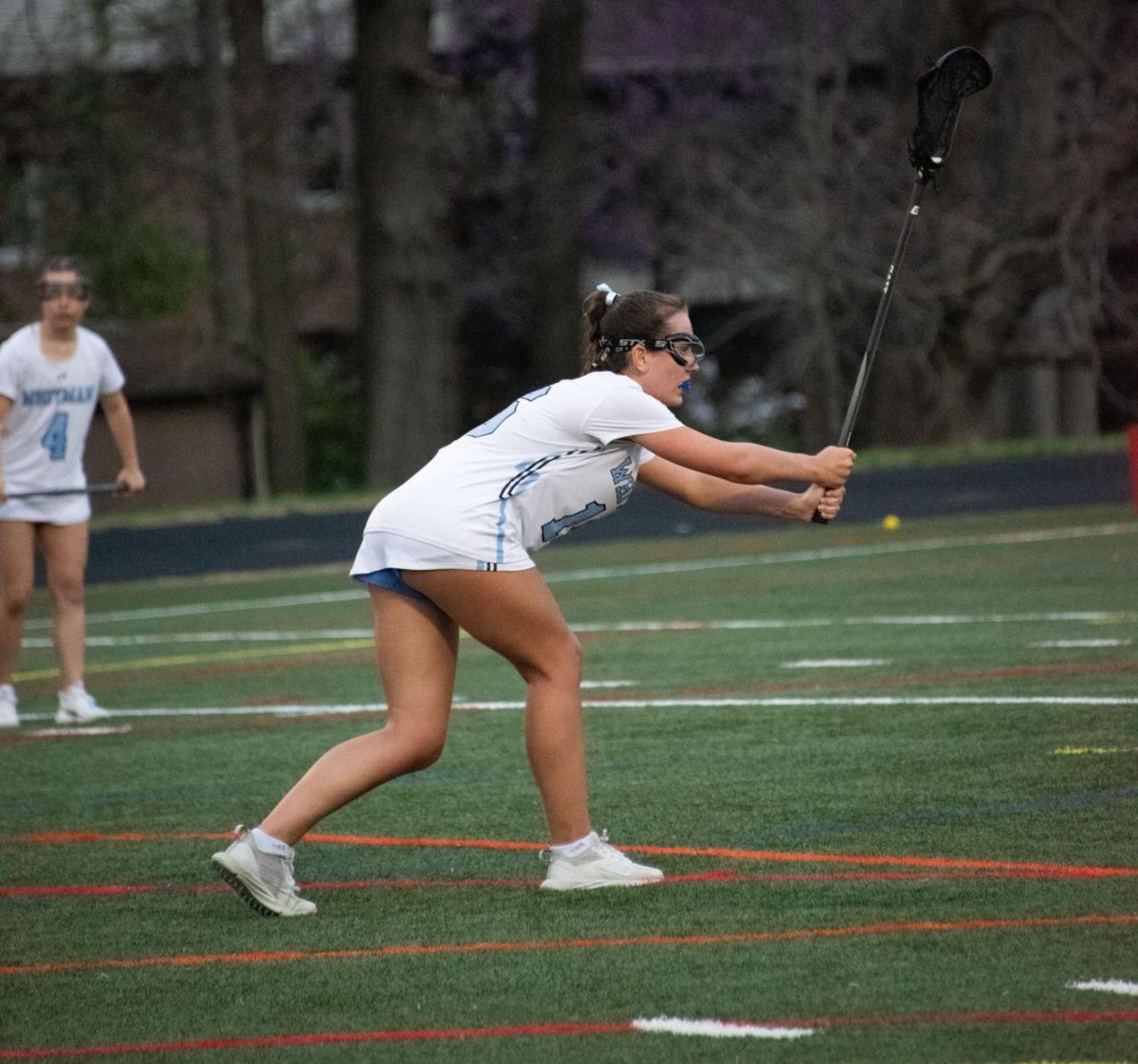
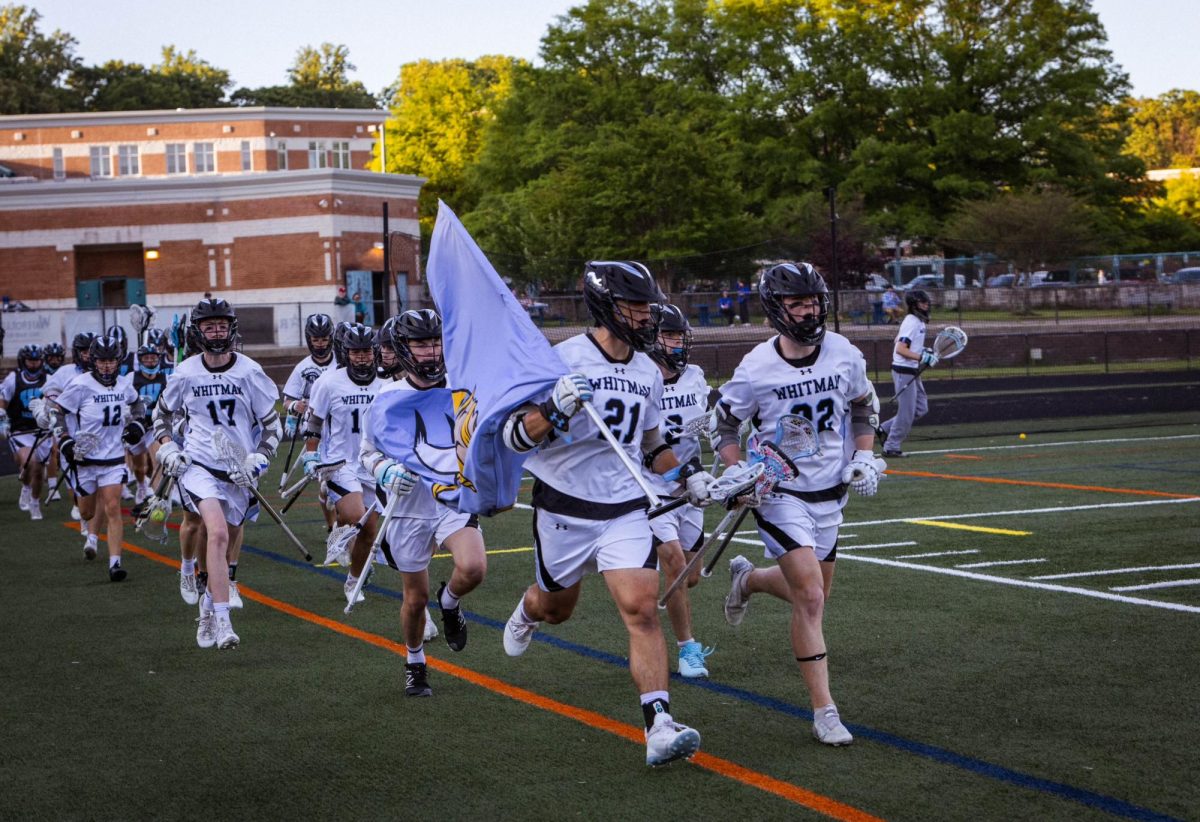
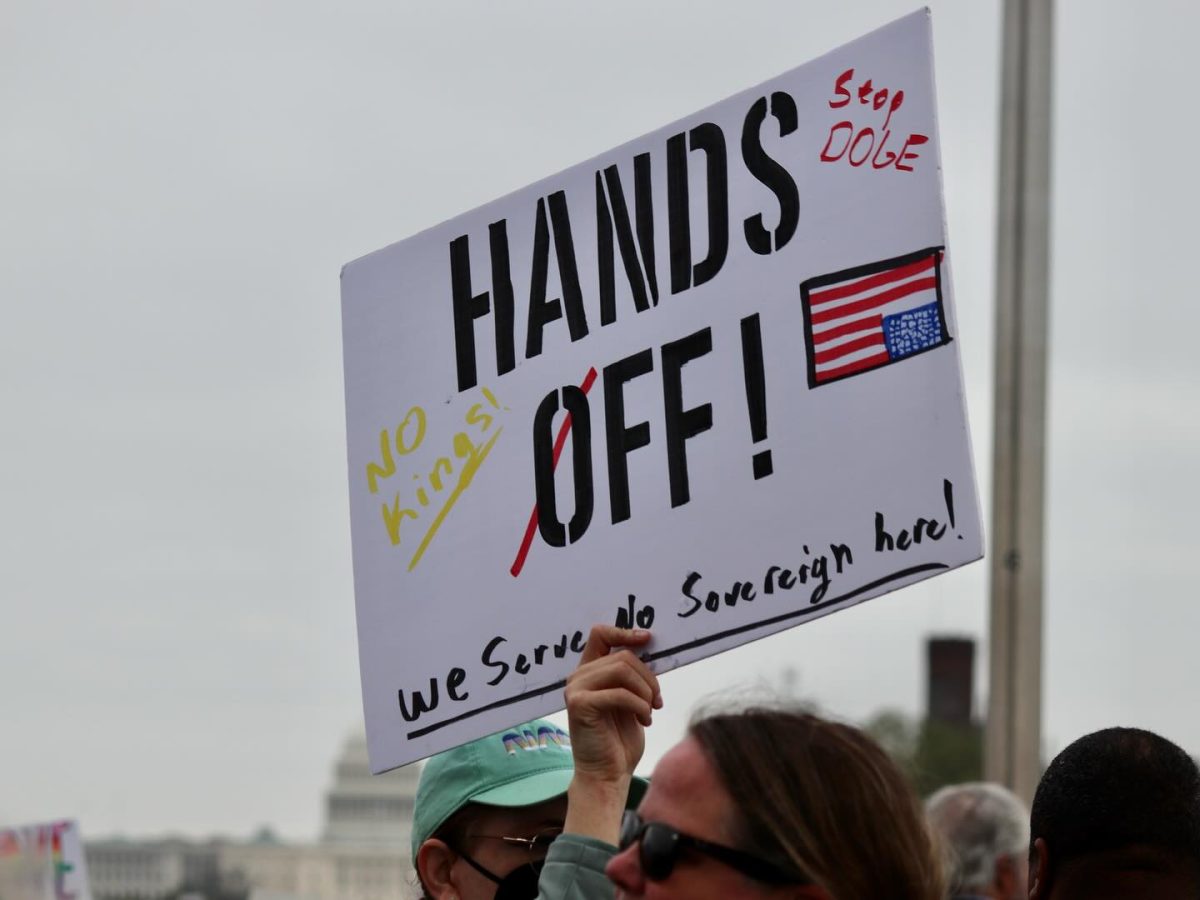
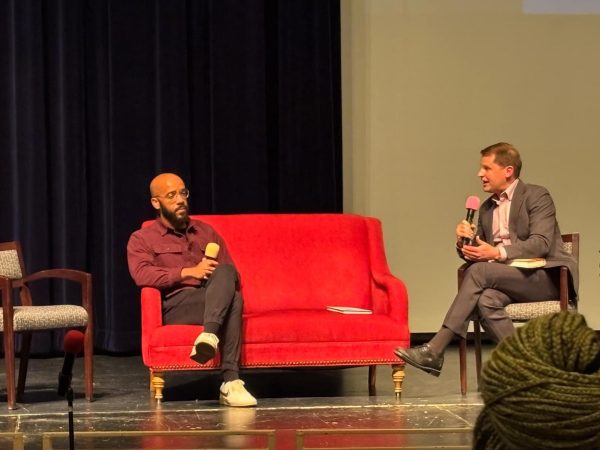
Zippy zoo da • Jul 29, 2022 at 3:57 pm
I think it’s silly that black people are afraid of police to THIS extent. White people don’t like getting pulled over either. But we know that if we don’t have warrants out for violent crime and you don’t resist arrest- you’re fine. Virtually every cop shooting a black criminal over the last 5 years has looked and been justified that I’ve seen. There are rare instances where police brutality is over the top. But there are just as many cases of white guys being shot. Or at least as a % of population etc. Most times cops shoot black guys, it’s because they h e multiple warrants out for arrest, they’re on probation, and they realize they have very little to lose so they try to resist arrest and escalate.
26% of police civilian shootings are dont to black people- which are 13% of the population. But black people commit over 50% of violent crime and murder. There’s a great Harvard study and paper you should read that effectively destroys the myths promoted by BLM and pop culture about policing of black people. You seem smart, I wonder if you are smart enough to research the reality of the situation.
Philip • Jan 24, 2023 at 10:53 am
Zippy zoo da- your handle is based on Disney’s Zip-a-Dee-Doo-Dah! a song no longer played at Disneyland Resort due to its racist history. I’m sure you know, but for others- the song is from the controversial Disney film Song of the South released in 1946. “Song of the South has faced criticism for both its idyllic depiction of slavery and use of racial stereotypes in its representation of black people.”
The teenaged author of the article you disagree with makes excellent points that your racism and cherry picking of facts will not deter. I did a quick fact check too and found: “The number of people police kill each year are uncertain but indicate, at the very least, incredible disproportionality in terms of the race of those killed. one study, as of late August, 2015, (around the time Hands Up Don’t Shoot became a BLM chant), found that police killed approximately 742 people, of which 108 were Latino, 194 were black, and 365 were white. This means that, per one million African Americans, 4.64 African Americans were killed by police, while, per one million white Americans, 1.84 were killed.”
emily • Apr 29, 2021 at 2:25 pm
I stumbled upon this article while compiling sources for a research paper about the use of social media during the Ferguson protests. This piece is so well-written, I was shocked to scroll down and see that the author is in high school! Keep writing, you’re insanely talented.
chloe • Aug 18, 2019 at 12:06 pm
wow. this is so good. im literally speechlesss
Student • Apr 25, 2019 at 11:12 am
Amazing, well written article. The black & white needs more content like this..
Adlee • Apr 25, 2019 at 8:47 am
Wow. Amazing article and extremely well written. I wouldn’t double take if I saw this in the NYT opinions section. I just wanted to say that as a student from a peer school (Churchill), this is the first time I’ve heard any real additive discussion and nuance around MoCo for Change and the broader student movements in our area.
From our affluent bubbles here in the MCPS, it’s really hard to fully appreciate the nuances and depth to the gun control issue. It’s especially troubling when movements, especially MoCo for Change, tunnel vision towards national politics and legislation while seeming to ignore how only a few miles away in Baltimore, handgun violence has reached an all time high as the murder rate peaks, Baltimore City schools are in shambles, and segregation still runs rampant. It’s a shame that the only widespread activism and “discourse” seems to be around the general notion of national gun control that looks good for the press while giving students a false sense of moral absolvement from more local and impactful instiutional issues. From most of my peers, it seems like a once a year march is enough and it’s all they can do so long as Republicans are still on the hill.
Although it’s very popular for both the resume and college app to rinse and repeat the same lines over and over again, there really isnt much discussion about our own privelage and what we can do at a grassroots level to address the immediate and pressing civil society problems present in our own state and cities. This article is a great first step in taking a good look at ourselves and asking what WE can uniquely bring to the table to enact real change for our fellow youths in the street failed by the state and minorities across Maryland.
Former B&W Writer • Apr 24, 2019 at 1:48 pm
What an incredibly well written and brave opinion piece. I couldn’t agree more.